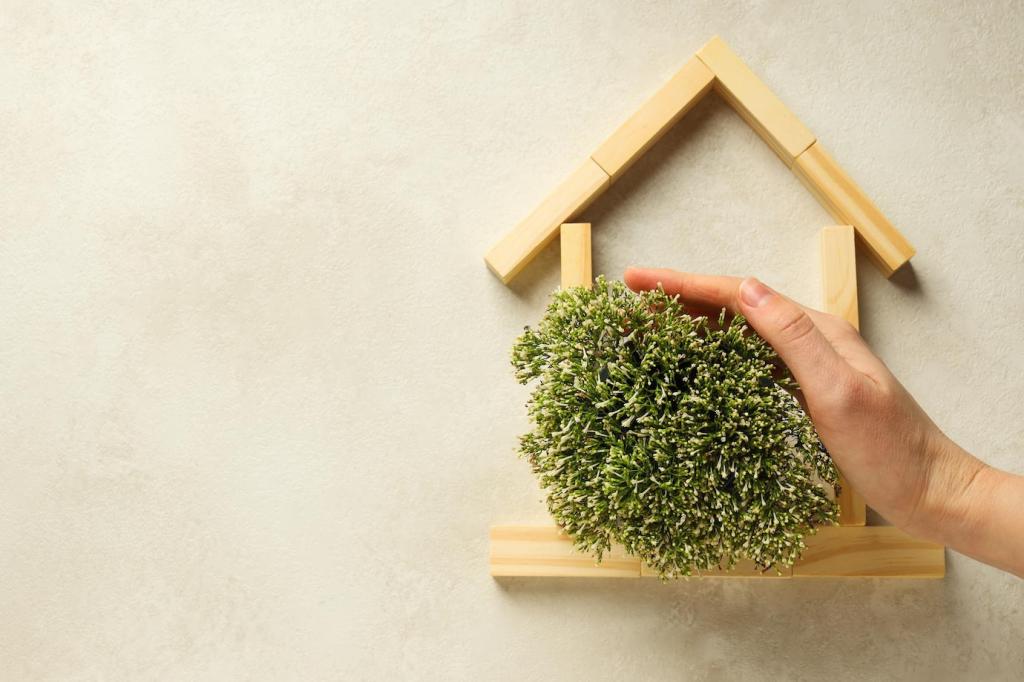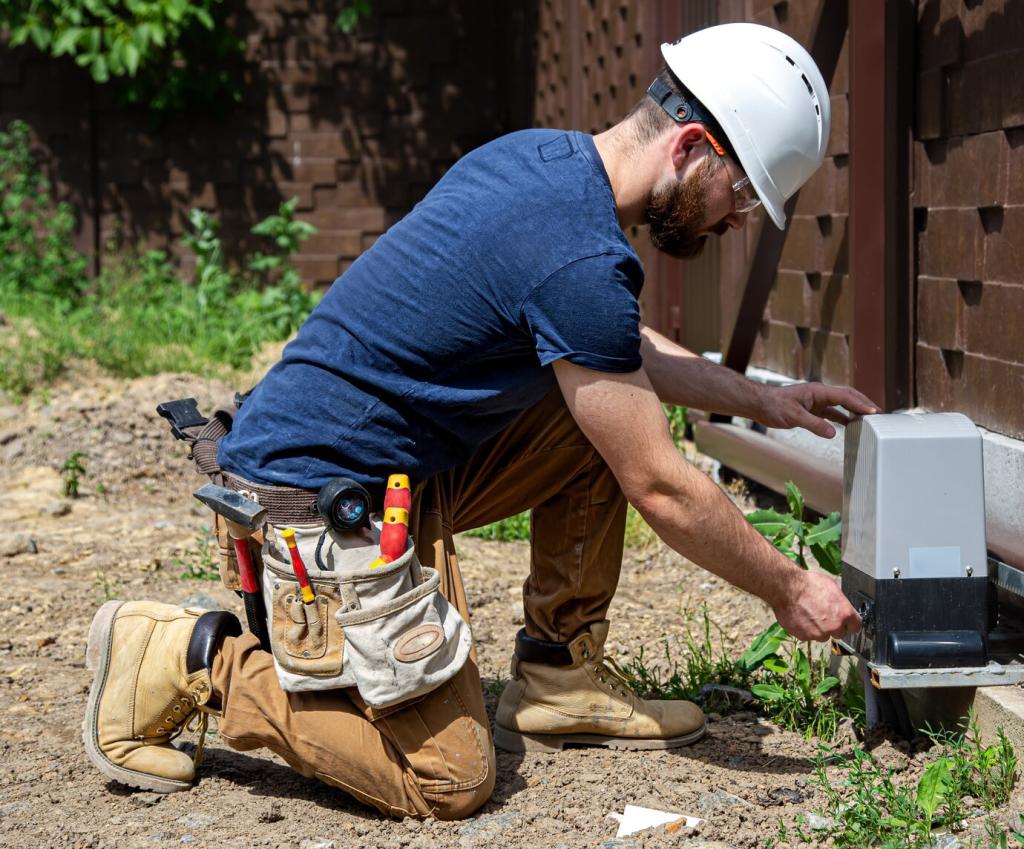Choose Materials and Finishes that Refuse Dust
Condition wood with a thin, plant‑based wax or oil finish designed for furniture. It protects pores, discourages dust from clinging, and nourishes grain. Buff lightly with microfiber for a low‑sheen glow that feels warm, durable, and natural.
Choose Materials and Finishes that Refuse Dust
Glass and metal can build static that invites dust. Use slightly damp microfiber, then dry completely. Keep humidity stable to limit static. Avoid aerosol polishes; they often leave films that attract particles and need more aggressive cleaning later.












